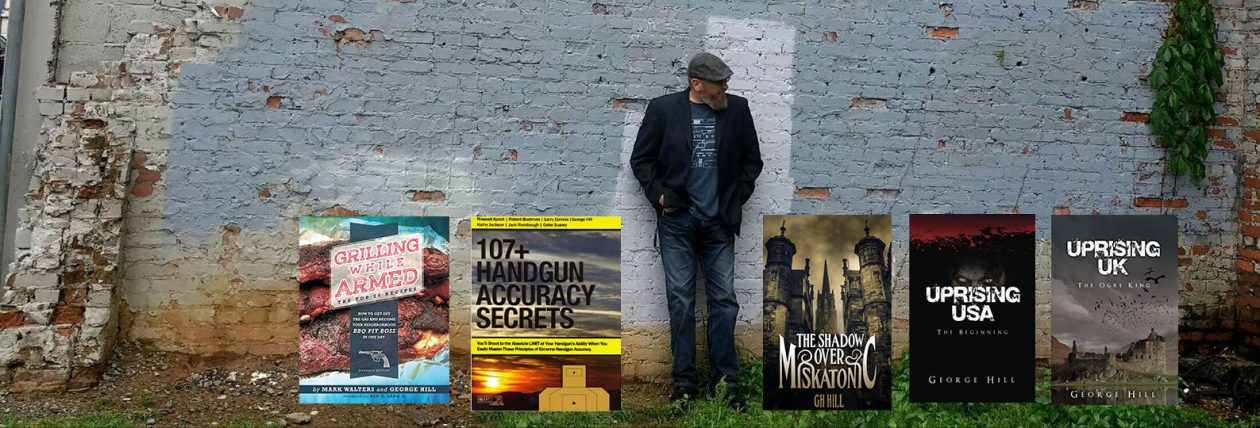You cats with the 3D Printers are making it wrong. Guns made this way, using conventional designs, are resulting in fragile, failure prone temporary guns.
Rather do that, do a more robust design, or better yet, print Molds and Cast stronger parts.
Designs like the Sten or Ingram would be simple to do.
Just saying.

It is early in the development curve. The challenges will be overcome, and a workable printable gun will be developed.
In WWII The Jewish people of Warsaw developed a SMG factory distributed in dozens of basements throughout the city. They built working machine guns from water pipe and common hardware bits. I think the magazines and barrels were British Sten gun parts.
Humans are amazingly resourceful.
We may soon need all the machine guns we can print. Now we need a way to print ammunition.
Mag bodies, I think are the first thing 3D printers are going to get right, after that a real lower that functions. Honestly the sintered metal printing can even print barrels and normal receivers and the receivers anyway are going to be as strong as any other.
And as Brian said, the real hardship is going to be ammo.
CNC.
Composer controlled mills and lathes. Tens or hundreds of thousands of them already exist. Real materials. Production rates that put printing to shame. Tolerances that work for precision weapons. Can make quick, cheap, precision aluminum molds that make tens of thousands of parts http://www.protomold.com.
Printing has a long way to go before it can touch machined or molded parts for cost, speed or quality.
And did I mention lots of machine shop owners are conservatives /rednecks who are really pissed at overbearing government?
Computer, not composer.
Full disclosure: I used to work for Protomold but they’re only one of many automated mold shops that demolished the old paradigm.
Interviews with the folks doing the printing make it clear that it is early proof of principle and they will be tweaking the designs to the materials of construction being used. I suspect it won’t be long until durable receivers are in play.
I say by 2020. Maybe sooner. What do you guys think?
I say by May.
I think you’re on several right tracks.
The mistake made with these early attempts is to replicate an aluminum receiver with plastic of similar dimension. The plastic is weaker, and you can imagine the problems. A thoughtful approach to a plastic printed lower would maintain critical locations of openings but would bolster thicknesses for support. Even better would be to re-engineer the whole lower, taking into account the limitations of the material.
Another approach would be to use the 3-D printer to print up the part in wax suitable for use in a lost wax casting process, and use the printed wax core to cast the parts out of aluminum or other materials. Many firearms manufacturers already use ‘lost wax’ to make many parts of guns. The fun part of this is that the casting shop can just as easily be casting candlesticks one day and SMG parts the next.
MC
Make the weapons to accommodate the ammunition and magazines that the opposition is using, and resupply is less of a problem.
If you live in an oil patch state you have the material and tools for smooth bore anti-armor weapons.
Now that is an idea.
I think something similar to the VZ58 (striker-fired, FN style receiver locking) would be a better option for printing. A roller-locked action might be possible as well, I designed one that did not actually require a conventional receiver just a framework to hold the parts together, the stress is spread across the system. I don’t know how much stress the rollers could take though.